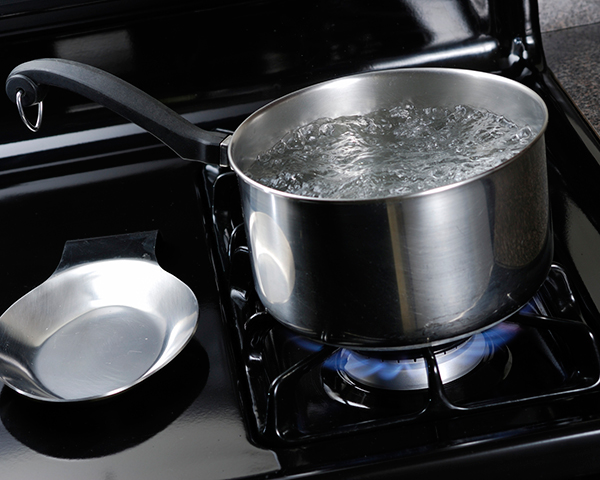- You Are Here:
- Home
- About Us
- News & Information
- Emergency Preparedness
Emergency Preparedness
In the event of a natural disaster, such as an earthquake or flooding, Coachella Valley Water District’s water delivery system could be compromised and you could be advised not to drink the water. The following information will help guide you through such an emergency.
When Tap Water Becomes Unsafe to Drink
In the event of an emergency, CVWD may issue a boil notice as a precautionary measure if water quality is in doubt. CVWD will test the water for contaminants. If the water is deemed unhealthful, a boil notice will be issued until the problem is located and solved, and the water is tested again and shown to meet all state and federal quality standards. Notification will be made through the media, posted fliers in public spaces and other means. CVWD's boundaries cover nearly 1,000 square miles with domestic water delivered using 102 wells and 58 reservoirs. Therefore, a boil notice could be issued in one part of the service area with water quality remaining unaffected in another area.
When Tap Water Becomes Unsafe to Drink
In the event of an emergency, CVWD may issue a boil notice as a precautionary measure if water quality is in doubt. CVWD will test the water for contaminants. If the water is deemed unhealthful, a boil notice will be issued until the problem is located and solved, and the water is tested again and shown to meet all state and federal quality standards. Notification will be made through the media, posted fliers in public spaces and other means. CVWD's boundaries cover nearly 1,000 square miles with domestic water delivered using 102 wells and 58 reservoirs. Therefore, a boil notice could be issued in one part of the service area with water quality remaining unaffected in another area.

What To Do
Additional Information
For further emergency preparedness information, check out these sites:
- Your first choice for replacing tap water for drinking and cooking should be commercially bottled water. Everyone should include in their emergency supply kit a 7-day supply of bottled water (1 gallon of water per person, per day, plus extra water for pets). If you use your own storage containers, place a date on the outside, store in a cool, dark place and replace every 6 months. Bottled water can keep longer, but check the expiration date and replace as needed.
- If you don’t have bottled water, you should use boiled tap water. Boiling water will kill most types of disease-causing organisms. If the water is unusually cloudy, murky or colored, filter it first through a clean cloth or allow it to settle and draw off the clear water for boiling. Then, bring to a rolling boil and leave for one minute.
- If you’re unable to boil water, your next best choice is to disinfect it with household bleach. Bleach will kill some (but not all) types of disease-causing organisms. If the water is unusually cloudy, murky or colored, filter it first through a clean cloth or allow it to settle and draw off the clear water for disinfection. Then, add 1/8 teaspoon (or 8 drops) of regular, unscented liquid household bleach for each gallon water, stir well and let it stand for 30 minutes before using. Store disinfected water in clean containers with covers. Do not use scented, powdered, or swimming pool bleach since these products may contain dangerous chemicals. A faint chlorine smell is normal.
Additional Information
For further emergency preparedness information, check out these sites:
